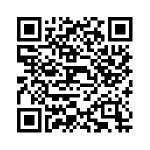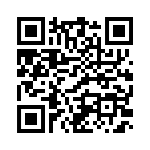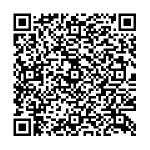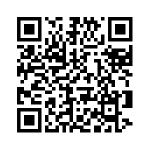Unit 5 Hand Sewing
Unit 5 Hand Sewing
While many individuals will go through their lives without ever needing to purchase or use a sewing machine, most individuals will likely find the need for a needle and thread to mend their clothing at least once in their life.
- Buttons fall off.
- Hems come out.
- Holes happen.
In all of these situations, a needle, thread, and know-how will make the difference between a disheveled garment that needs to be discarded and a dignified modification. “Knowledge is power” and knowing how to sew simple stitches, attach fasteners, or mend holes are all important concepts to uncover and discover for oneself (Deaton, 2021). Check out the resources at the end of this chapter as you begin to teach this new concept to your students.
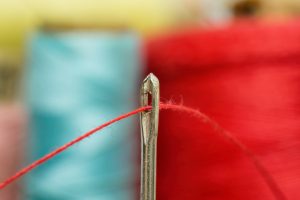
TIP: As you teach these skills, empower your students to learn from their mistakes. Each stitch is a new opportunity. Seek ways to craft conversations around how they can transfer these skills to assist them with real-world connections. Remind them that they are not just learning how to sew, but they are also learning how to…
- Problem solve
- Think critically
- Creatively find solutions
- Demonstrate perseverance
- Collaborate with others
These skills reflect many of the 21st Century Skills which have been identified as essential skills to promote success. As defined by Panorama Education, 21st Century Skills
“Refer to the knowledge, life skills, career skills, habits, and traits that are critically important to student success in today’s world, particularly as students move on to college, the workforce, and adult life.”
Remind your students WHY these skills are important, especially on the days they are struggling.
“When you remember your WHY, it is much easier to accomplish your goals, especially on the days when you don’t know your WHAT or your HOW” (Deaton, 2021).

General Hand Sewing Tips
- Consider the color and type of thread you are using.
Some hand stitches are designed to stand out, while others should be hidden when implemented correctly. Consider the purpose of the stitches and the desire for their visibility. For stitches that should blend in, consider taking a fabric sample or the garment with you when you select a thread to ensure the colors match. When using stitches designed to stand out, consider the use of black, white, or a complementary color.
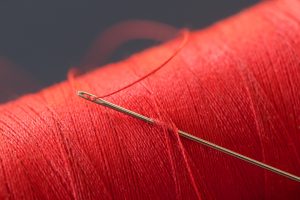
The type of thread you use should also be considered when hand sewing. Treasurie has an excellent blog on the best types of thread for your sewing project. Check this out!
- Use sharp needles that are the appropriate size.
A sharp needle is going to penetrate the fabric easier and is less likely to create a hole or tear in the garment you are repairing or creating. There are many brands of sewing needles, and they all have various sizes which indicate their use. When purchasing needles for hand sewing, note the size and the weight of the fabric suggested by the manufacturer.
Needles by John James is an excellent site to learn more about the various sizes available by various producers and the specific weight of fabric recommended for each.
For a resource on how to sharpen sewing needles, check out Sewing is Cool’s blog How to Sharpen Sewing Needles at Home (6 Easy Ways).
- 1, 2, 3: That’s enough for me.
When hand sewing, I like to pull enough thread for the length of my arm. Too much more than this, and I find the thread likes to knot up and tangle. For a fun way to remember this, students often say, “1, 2, 3, that’s enough for me” as they are unwinding their thread and typically find this is the length of their arm and enough for hand sewing (Deaton, 2021).
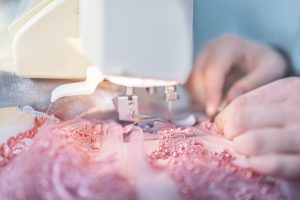
- Sew with sufficient light.
Sewing with insufficient light causes strain on the eyes and can lead to poor posture when sewing. Practice proper posture when sewing at the machine and when hand sewing and use sufficient lighting in both scenarios to ensure a safe and proficient sewing experience.
Resources
| Resources | QR Codes |
| 17 Sewing Tips Every Crafter Needs to Know | 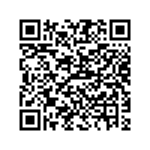 |
| Basic Hand Stitching: 9 Techniques Every Sewer Should Learn | 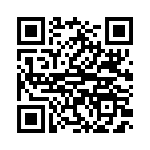 |
| How to Hand Sew Basic Stitches | 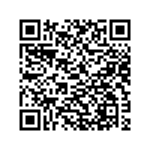 |
References
Deaton, S. (2021). Teaching Apparel Production. Presentation.

